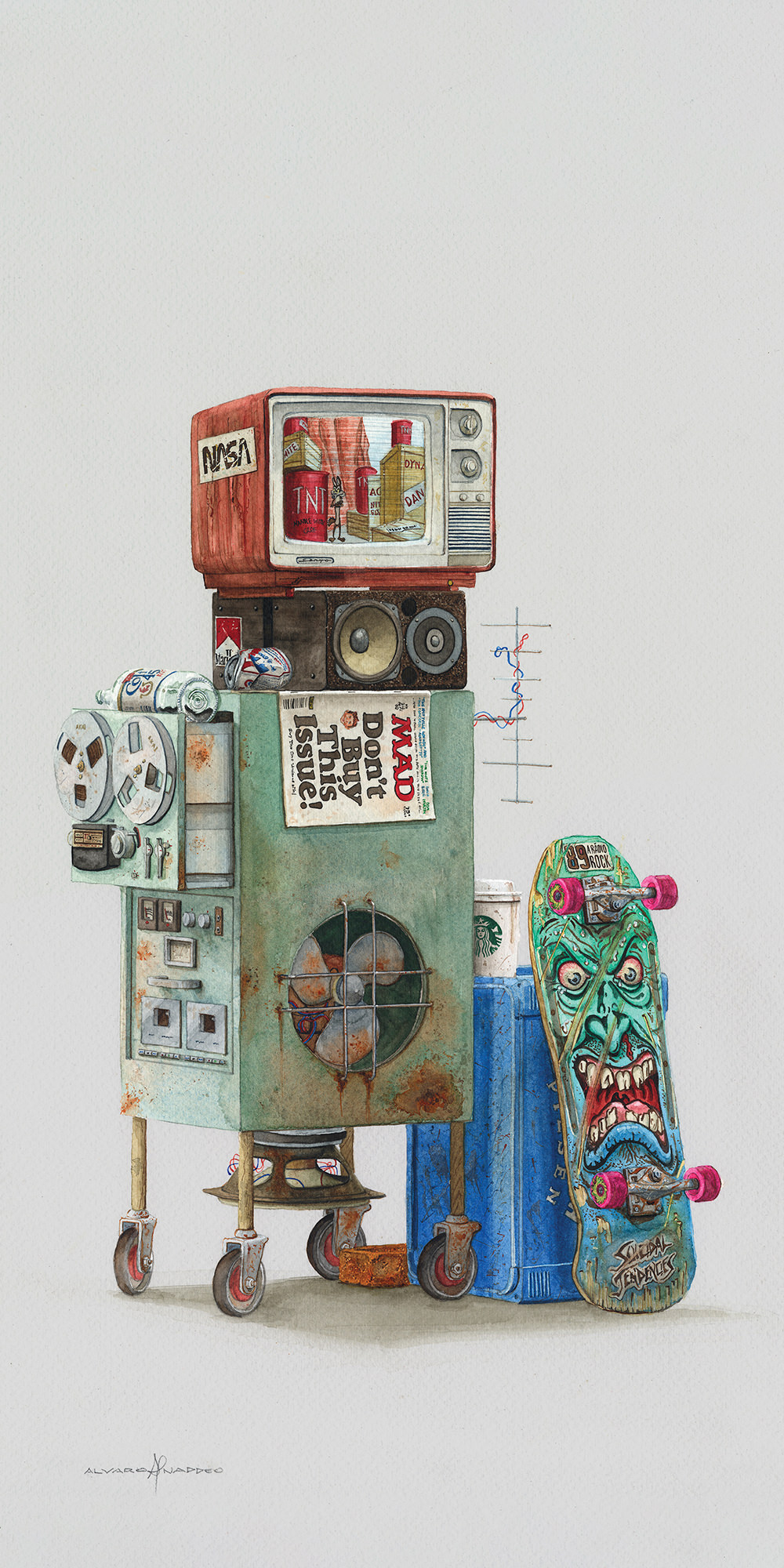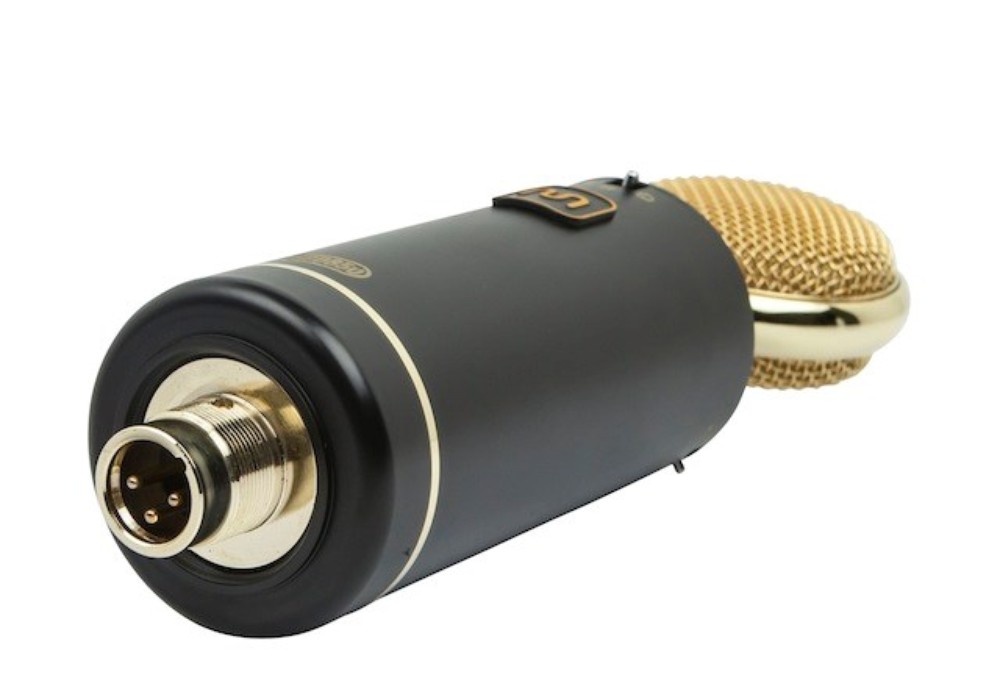It’s been a long time since a microphone has given me the thrill of being a kid playing with my first 4-track, but when a pair of Cortado MkIII contact mics showed up for review from Chicago-based Zeppelin Design Labs, I quickly became giddy with excitement. I have used contact mics before, mostly for sending acoustic guitars without pickups into amps and pedals, but this mic is in a league of its own. A contact mic can be counter-intuitive – it captures the physical resonance of an object, whereas everything we’ve learned as engineers is thinking about how to record sound waves as they move in space – but as I became acquainted with the Cortado MkIII, it was joyful to let go of my preconceptions and put the mic on different surfaces to listen to its response.
The sensor of the unit is a silver disk, just over an inch in diameter, attached to a 6-foot cable to a small phantom-powered preamp circuit with an XLR output and four DIP switches. The sensor can be affixed using the included putty, or with an additional attachment kit that includes clamps and several means of permanently installing the sensor to a source. The putty included with the Cortado MkIII is fantastic – it happily stuck to any surface I tried, was easy to remove, left no residue, and could be rerolled and reused when it got dirty. The capsule feels indestructible, and I had no hesitation putting it anywhere, including drums. My lone complaint with the unit is the four DIP switches, which control a -10 dB pad and a Bass Boost (aka a bypassable 125 Hz high pass filter). Both of those features are incredibly useful, but I would have preferred a simple on/off switch for the Pad and Bass boost – I had to consult the manual a few times to remember which combination of the 4 switches turns each feature on and off.
Testing the Cortado MkIII began with some straightforward uses, such as capturing an acoustic guitar source in a room with a lot of bleed, which this mic excelled at. I managed to get a full and robust acoustic guitar sound in a small room with loud drums using only the Cortado MkIII affixed behind the bridge of the guitar. It’s helpful to have headphones on while you place the mic, but using your hand to find a particular spot with a lot of resonance can usually be a good starting place. On a baby grand piano, I placed the Cortado MkIII on the soundboard near the hammers with its Bass Boost off, and got some cool, filtered articulation – almost like a tack piano – and blended that in with a pair of beyerdynamic M 260 ribbon mics for an interesting sound that I would not have stumbled upon using only “normal” mics.
What most excited my inner child was the sense of experimentation with this mic. I began sticking it anywhere to see how it would react. I put the Cortado MkIII on a Leslie speaker, on guitar amps, on a Wurlitzer, and on a semi-hollowbody electric bass. Not every sound was usable for its given project but many were, and almost all were inspiring in one way or another. The most fruitful experimentation was with drums. Putting a Cortado MkIII on the bottom of a snare gave a sharp and tight explosion of noise each time the drummer hit the snare. Inside the hi-hats yielded a gated 8-bit sound, and affixing the sensor to cymbals gave deep and gigantic metallic resonances – as if the listener were inside a Richard Serra metal sculpture and someone whacked it with a giant mallet.
The Cortado MkIII is an equally valuable tool for both controlled captures in noisy/bleed-prone environments and for sonic experimentation in general. It’s by far the most flexible and friendly contact mic I’ve used, and has a price point that will encourage you to keep a few of them floating around your studio.





_disp_horizontal_bw.jpg)